Glass and plastic are the two most common materials used to make touchscreens. Whether you're buying a tablet, smartphone or any other touchscreen device, it's likely to be made from one of these materials. More specifically, the top layer (called the overlay) may be made of glass or plastic. While these materials may look the same, there are subtle differences between them. So, should you choose a touchscreen with a glass or plastic overlay?
TOUCHTHINK, a manufacturer of Android all-in-one computers, explains the differences and options.
Touchscreens with glass overlays typically provide sharper images than those with plastic overlays. This is because glass is almost completely transparent. All touchscreens have a display device that sits underneath the overlay. With a glass overlay, the image produced by the display device will look sharper due to the transparent nature of the glass.
You may notice that the image also looks brighter when projected through the glass overlay. Glass overlays allow about 90% of the light to pass through them. Why is this important? Well, touch screens need backlighting. The backlight is part of the display device. It is responsible for producing the light that illuminates the display. Using a glass overlay will produce a brighter overlay than a plastic overlay.
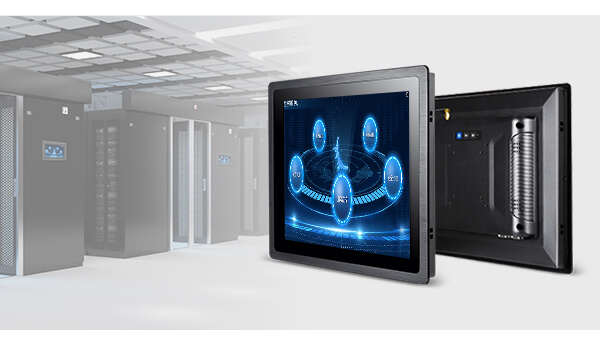
There are still reasons to choose a touchscreen with a plastic overlay. Plastic overlays are more resistant to scratches than glass overlays. They are not necessarily scratch resistant. All types of overlays produce scratches, including overlays made of plastic. That said, scratches are not common in plastic overlays. Plastic overlays are more durable and scratch resistant than glass overlays.
Plastic overlays can be used for resistive touchscreens. You can find resistive touchscreens with plastic overlays as well as resistive touchscreens with glass overlays. Capacitive touchscreens, on the other hand, are usually limited to glass overlays. If you want to buy a capacitive resistive touch screen, you can choose a plastic overlay. Conversely, for capacitive touchscreens, you must choose a glass overlay.
You can't go wrong with either glass or plastic touchscreens. Both materials are used to build touchscreen overlays. A glass overlay will only produce a clearer, brighter image. In contrast, plastic overlays provide a higher level of scratch protection and can be used for resistive touchscreens.
TOUCHTHINK is a professional industrial computer manufacturer, and we customize the features and form factor you need. Whether it's computer size, touch screen options, or interface applications, TOUCHTHINK can customize it for you, so please don't hesitate to contact us as soon as possible to get the tablet PC you want.
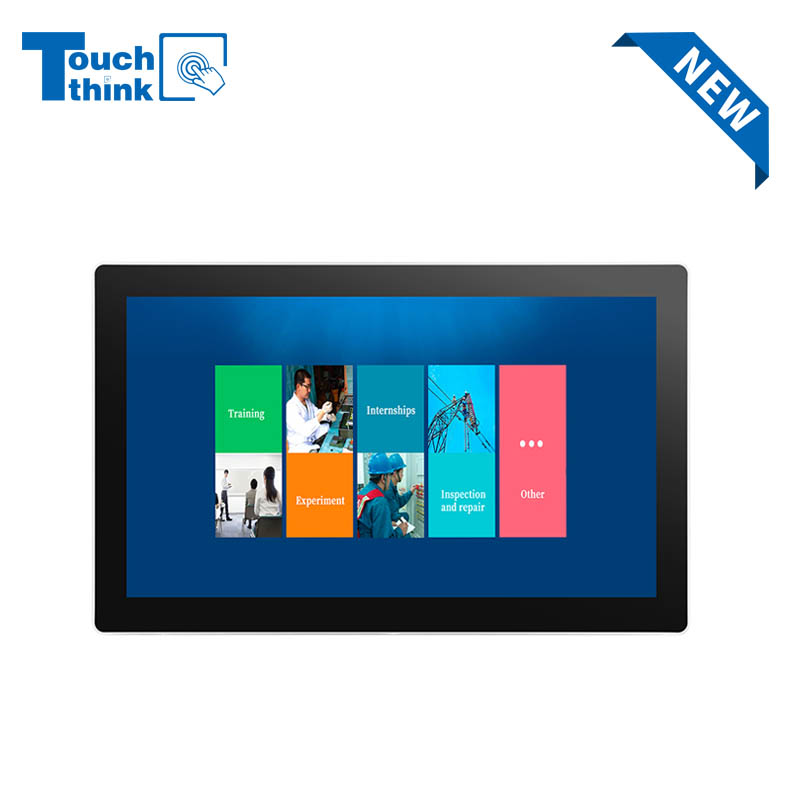
IP65 Wall-Mounted Industrial Touch Screen Monitor | Waterproof HMI Display VIEW MORE
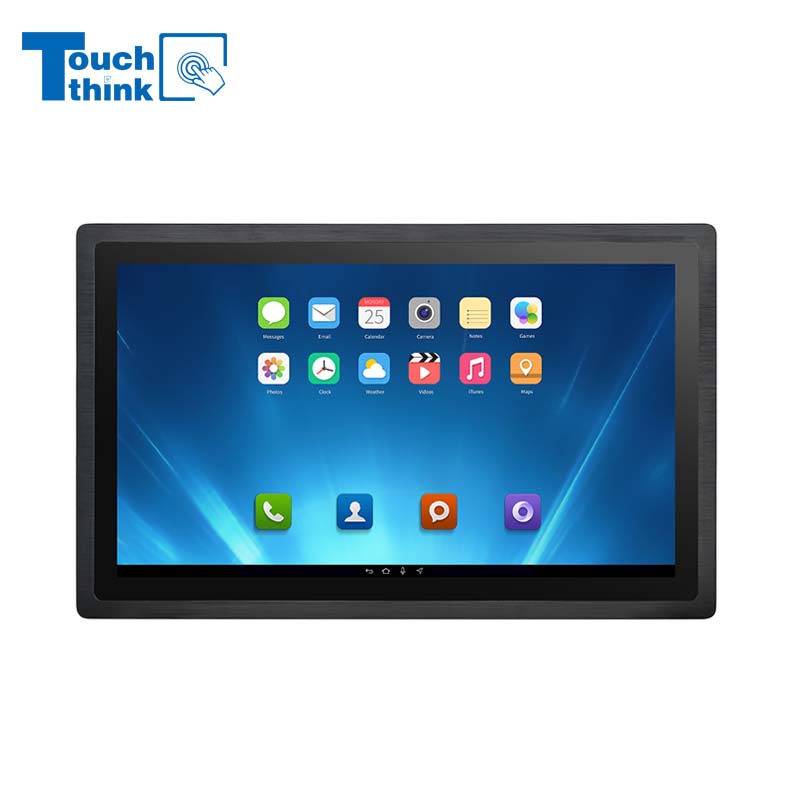
23.8 Inch Industrial Panel PC, Slim Ultra-Thin Design, Multiple I/O Ports, Rugged Touch Computer for IIoT VIEW MORE
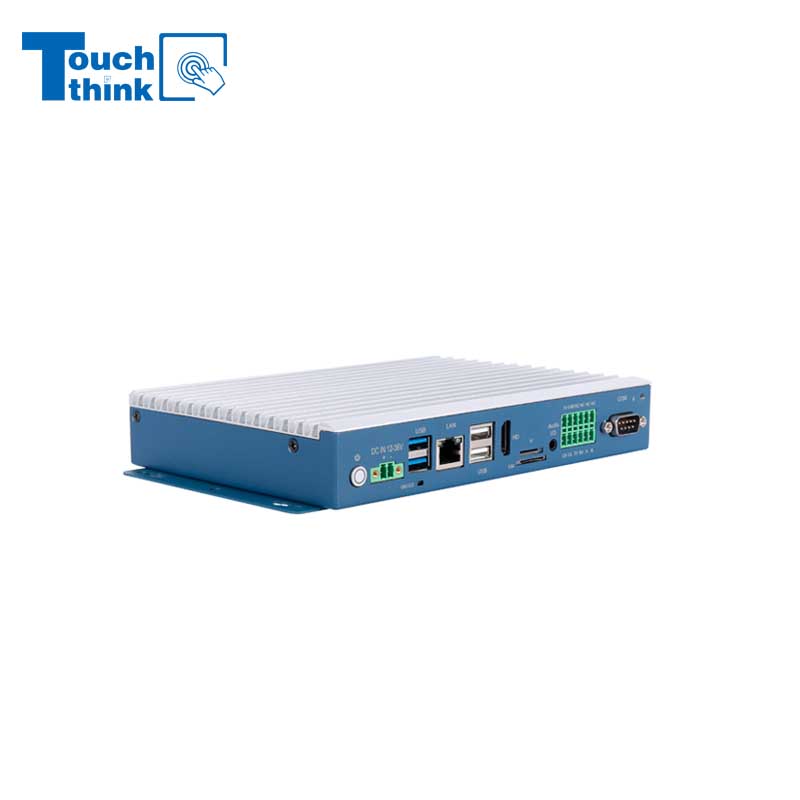
Embedded Fanless Computer ARM Cortex-A55 Quad-Core 64-bit Computers with 1TOPS NPU and Wi-Fi 6 Capabilities VIEW MORE
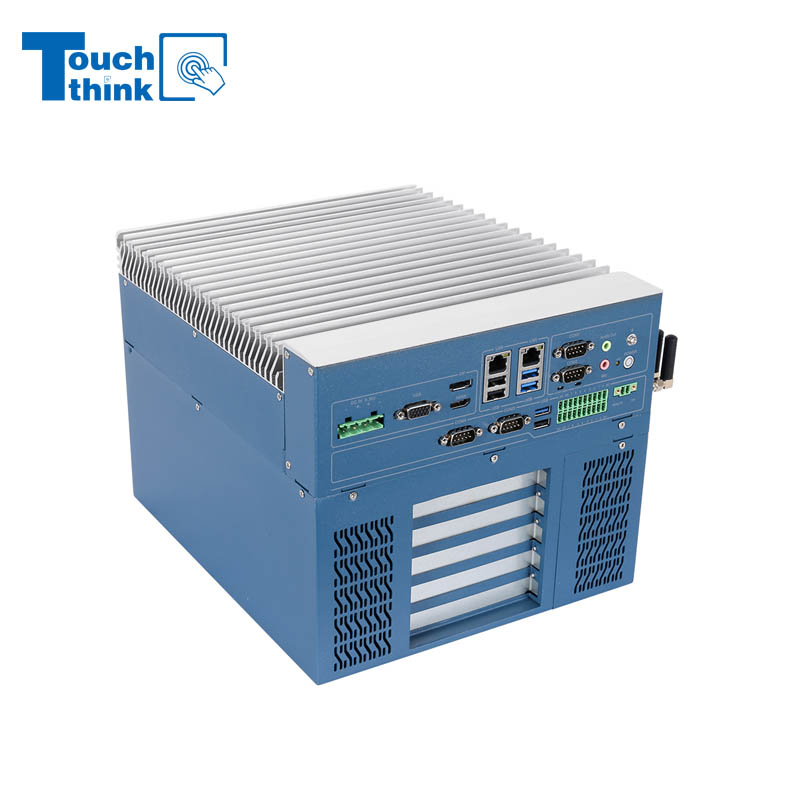
High Expandability Industrial Embedded PC with Expansion Slots PCIex16 PCIex4 9 to 36V Input VIEW MORE
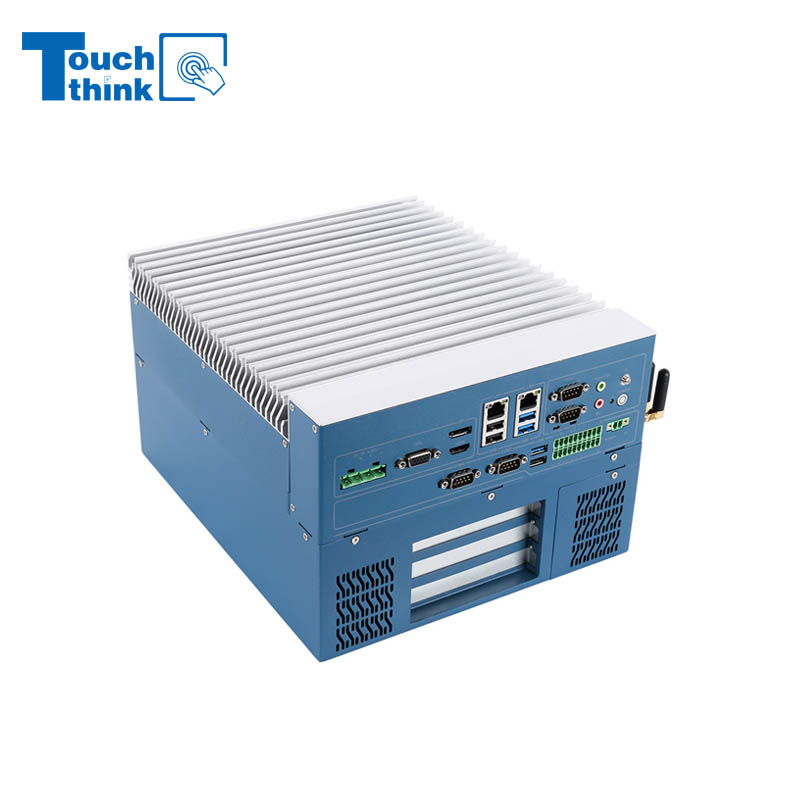
Modular Embedded Computer with Intel® Core 12/13/14th-Gen Processor 2.5GbE LAN VIEW MORE
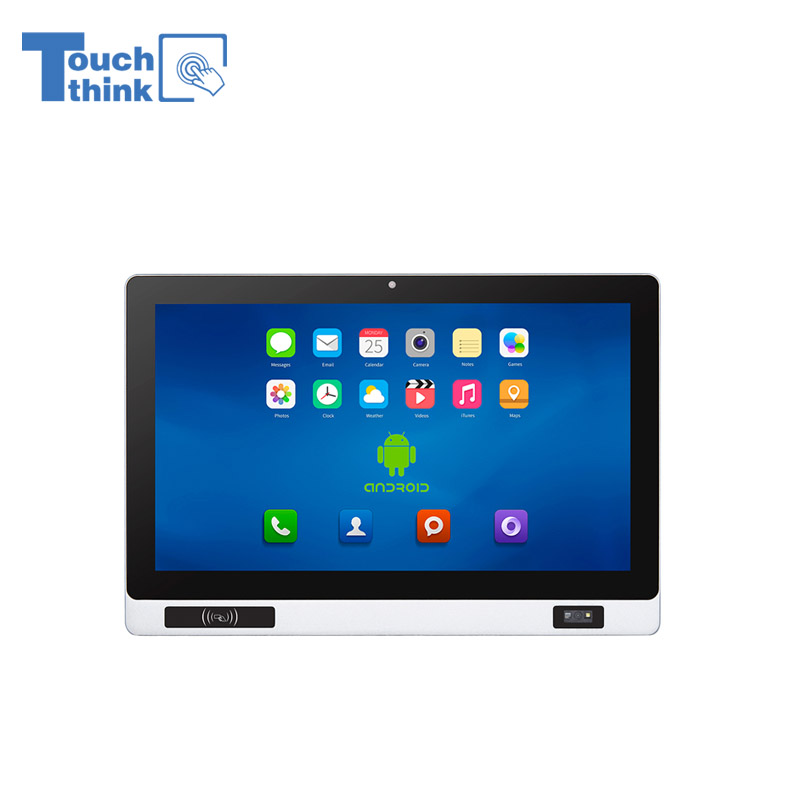
Industrial Panel PC with NFC and QR Code Scanning Functions for Smart Factory VIEW MORE
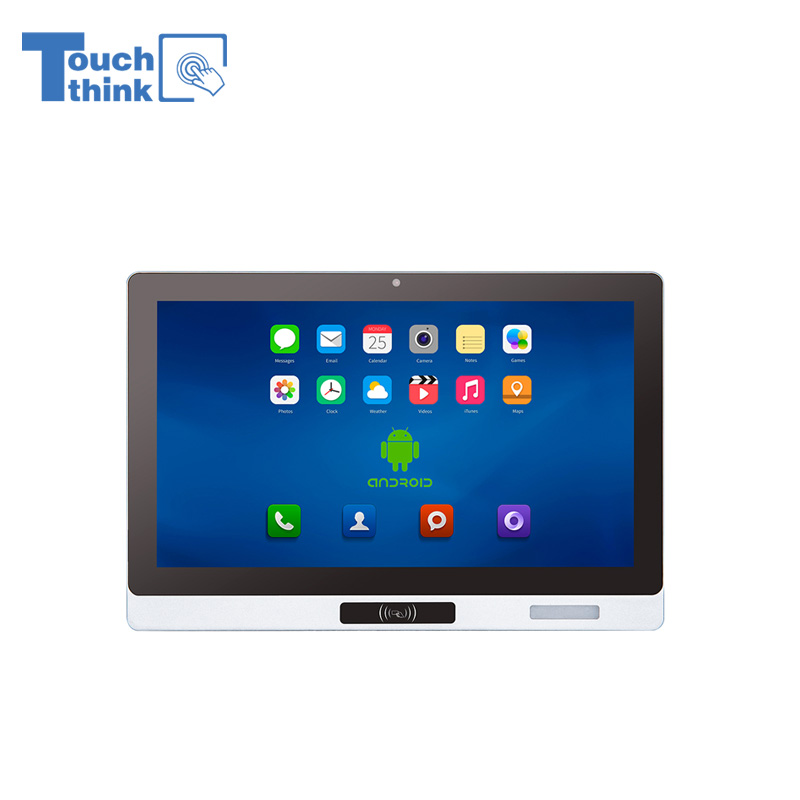
All-in-One Android Panel PCs with NFC/Camera For MES System in Digital Factory 24/7 Use VIEW MORE
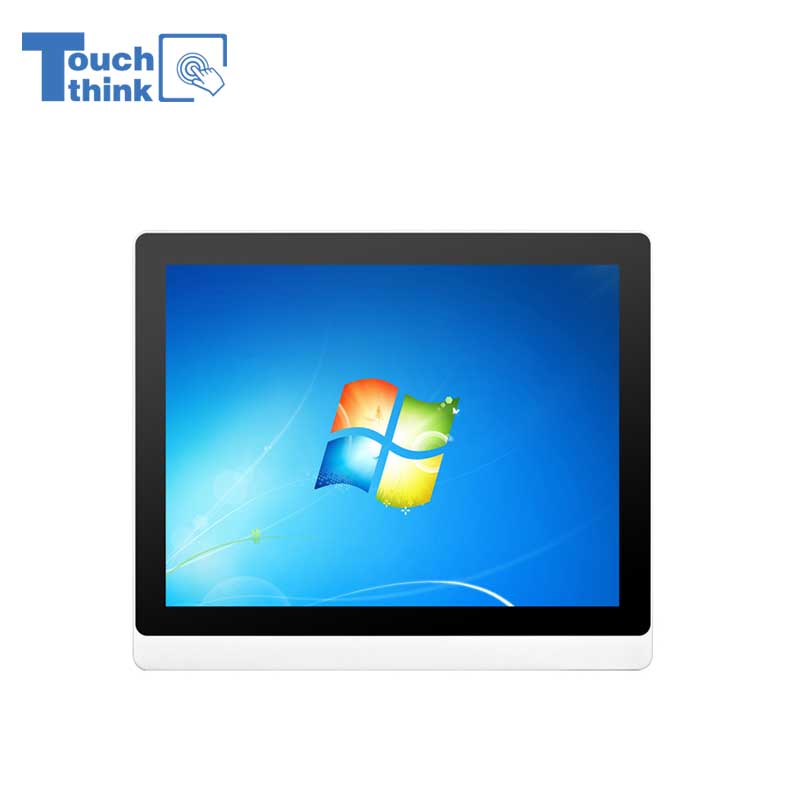
VESA Mount Industrial Touch Panel PC with i3 i5 i7 Processor Desktop Computer 8GB DDR4 128GB SSD VIEW MORE
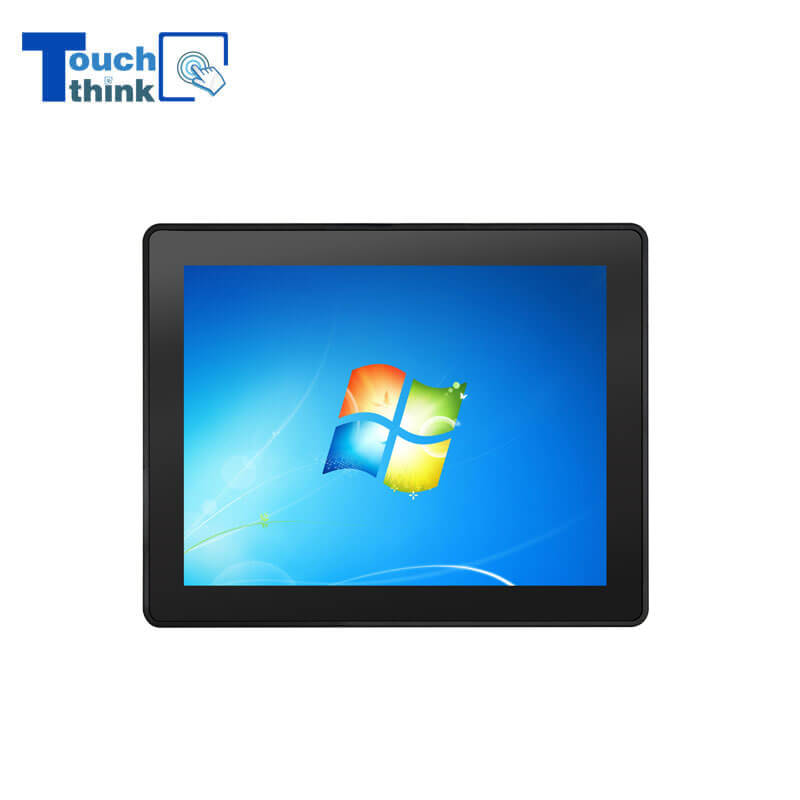
Rugged IP65 Industrial Touchscreen Computer Industrial HMI Panel PC VIEW MORE
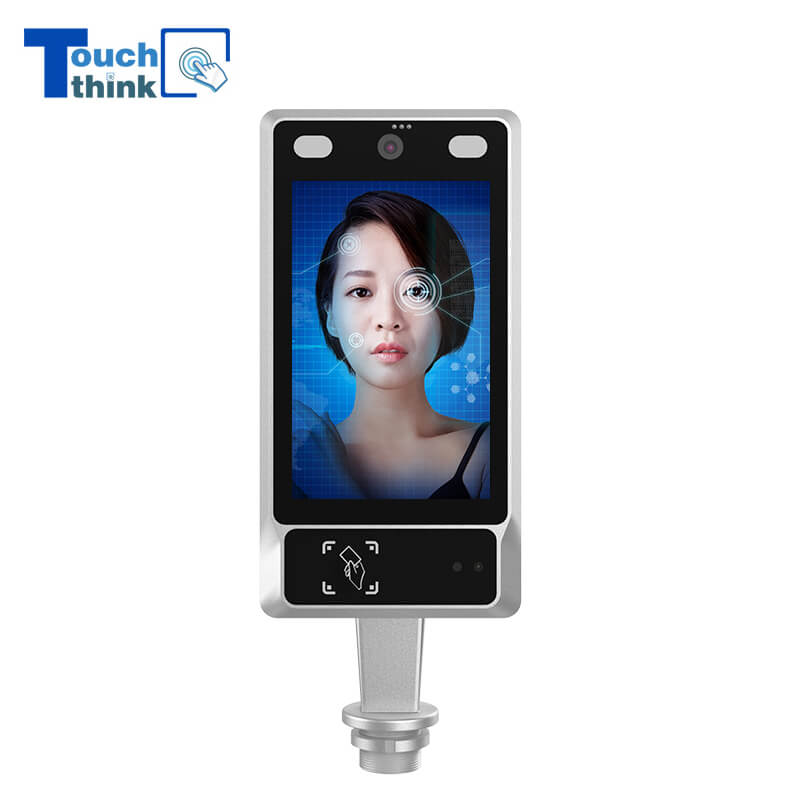
8 inch Facial Recognition Terminal For Turnstile Access Control VIEW MORE
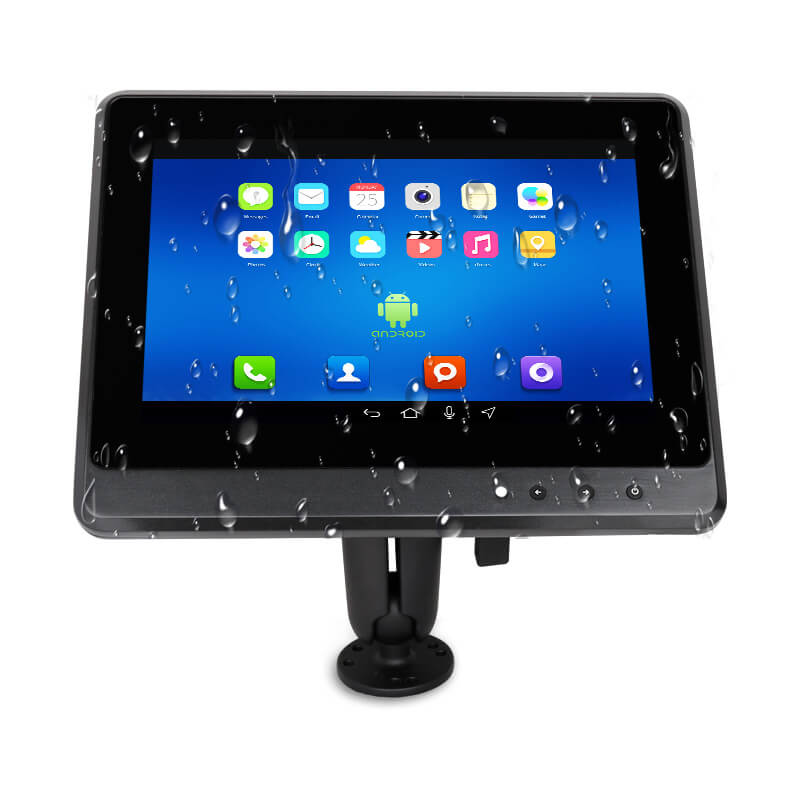
Android In-Vehicle Industrial Panel PC Vehicle AGV Computer VIEW MORE
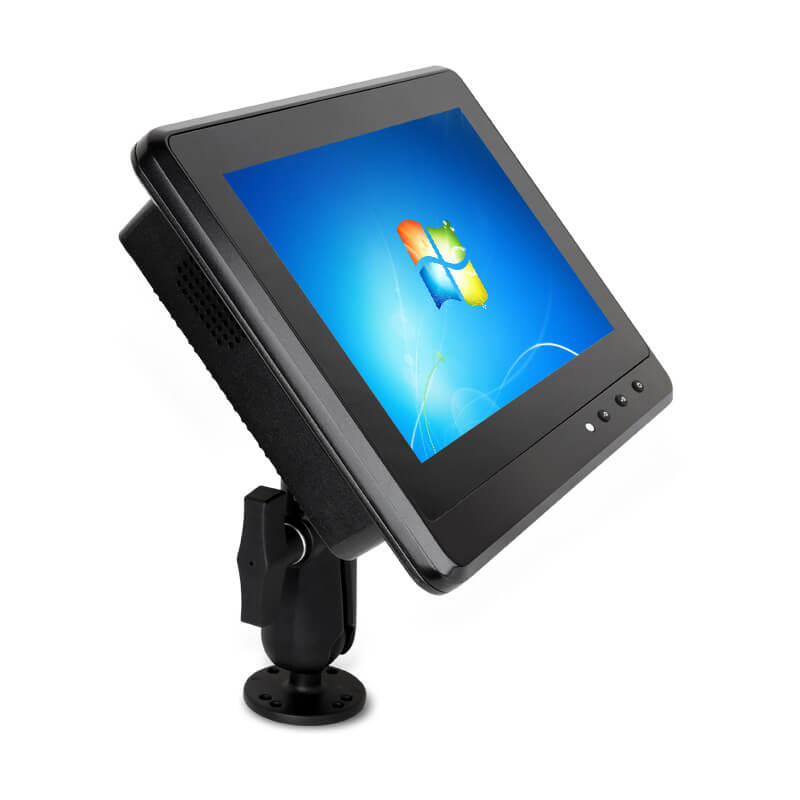
Transportation Panel PC Windows Vehicle Mounted Touch Computers VIEW MORE
Copyright © Shenzhen Touch Think Intelligence Co.,Ltd. All Rights Reserved Update cookies preferences